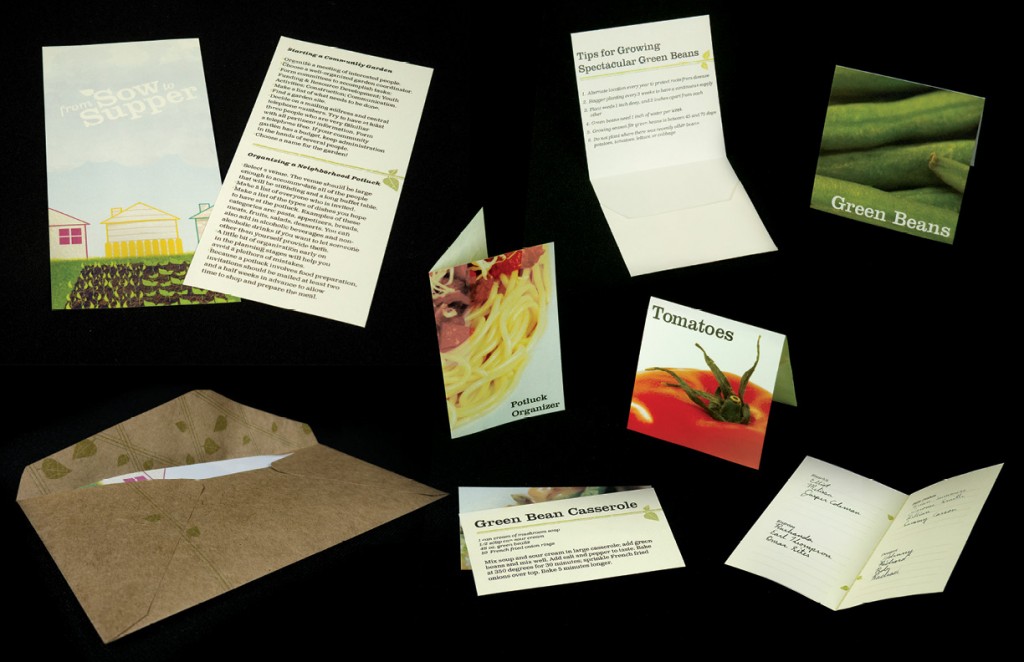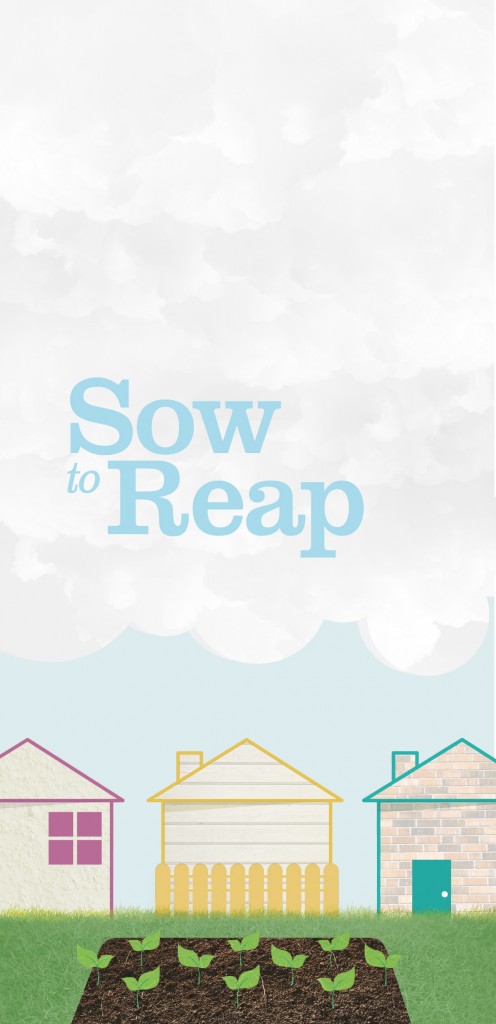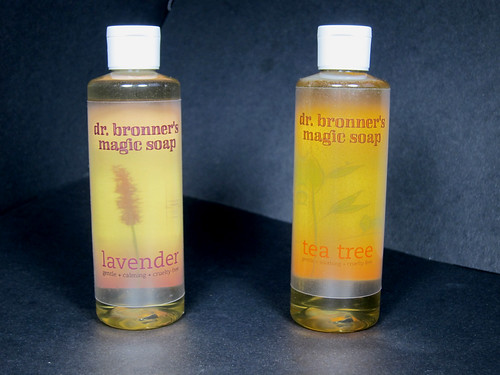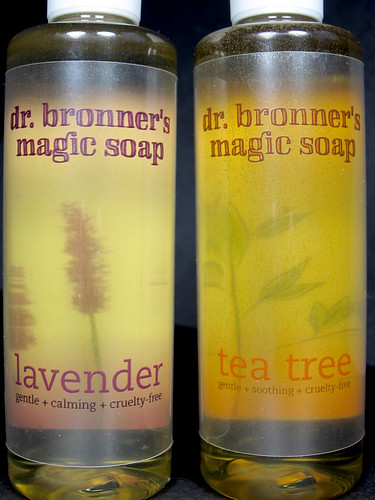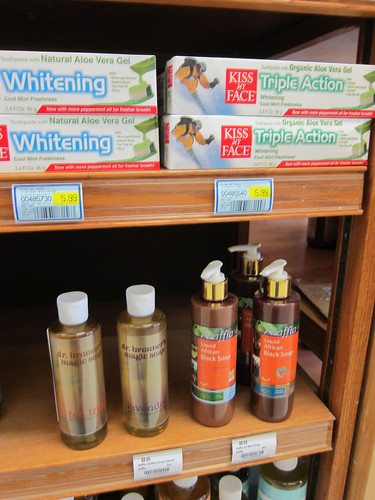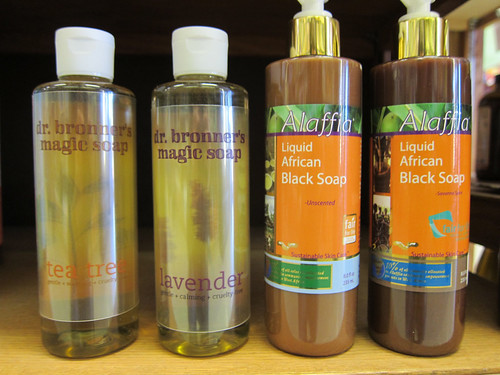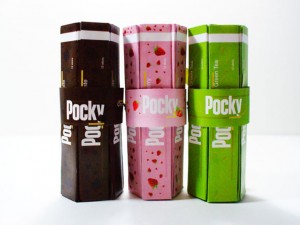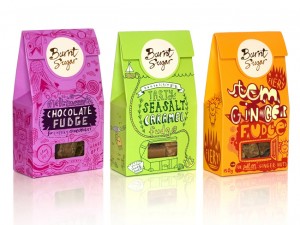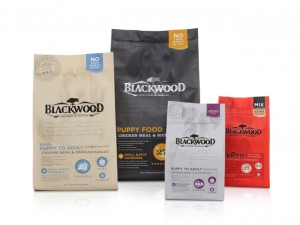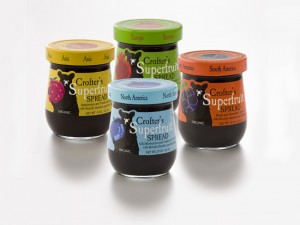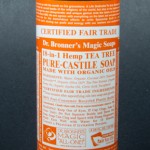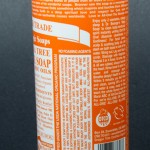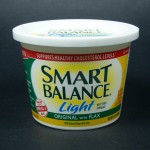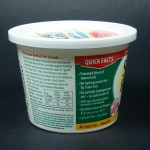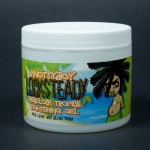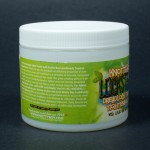Semester Thoughts
By Erika Goering,
I’ve been reflecting on something that was discussed earlier this semester about whether it’s more noble to focus our time and energy on making something aesthetically beautiful and refined, or making something where we essentially muck around in a fresh, steaming pile of our own newfound knowledge.
Each has their own merits. Aesthetically beautiful work has a polished feel that’s good to show off in a portfolio, and filthy experimentation leads to discovery and additional learning. Inversely, something visually pretty and refined can also be hollow and lack passion, and heavy experimental work can be unattractive and sloppy.
I’ve taken this dilemma as a challenge to get myself messy as hell, while hopefully cleaning things up aesthetically as I progress through the project. I’ve pushed myself out of my comfort zone conceptually, visually, and resourcefully. In fact, my comfort zone has been completely redefined. It’s much broader now. Because every single project this semester has been an opportunity for me to try something I’ve never done before. And it’s definitely paid off. I feel like I’m getting my money’s worth at KCAI. It’s double the education. Seriously.
Last year, my big mistake was doing what I thought everyone wanted to see so I could fit in. And while I got decent grades out of it, I didn’t feel like I got much else from it. I was just doing what I already knew, with a few new bits mixed in. Over the summer, something clicked. I decided that I was going to make the absolute most of the KCAI experience.
Every project so far this year has been an experiment. A discovery. An invention. I’ve been forcing myself to use methods and techniques that I’ve never even considered before. And I’ve learned so much, and grown so intimate with these tools… I even learned PHP, for crying out loud! I never thought I’d have the opportunity to really get submerged in it. But thanks to my Online Presence class, I did that. And it was mostly self-directed, too.
I’ve learned that my education is what I make of it. My time here could either be spent sitting back, making pretty work that I know how to do, or I can spend that extra time to experiment and play with the tools that I’ve been given. And that playing around has made me a better designer, a better student, and a better human being.
While my work this semester may or may not be of the utmost portfolio quality, it’s unquestionably paving the way for it in the future. And that, I take great comfort in.
Filed under: KCAI, Narrative/Sound&Motion, Online Presence for the Artist, Typography3, VisLang
Comments: Comments Off on Semester Thoughts
